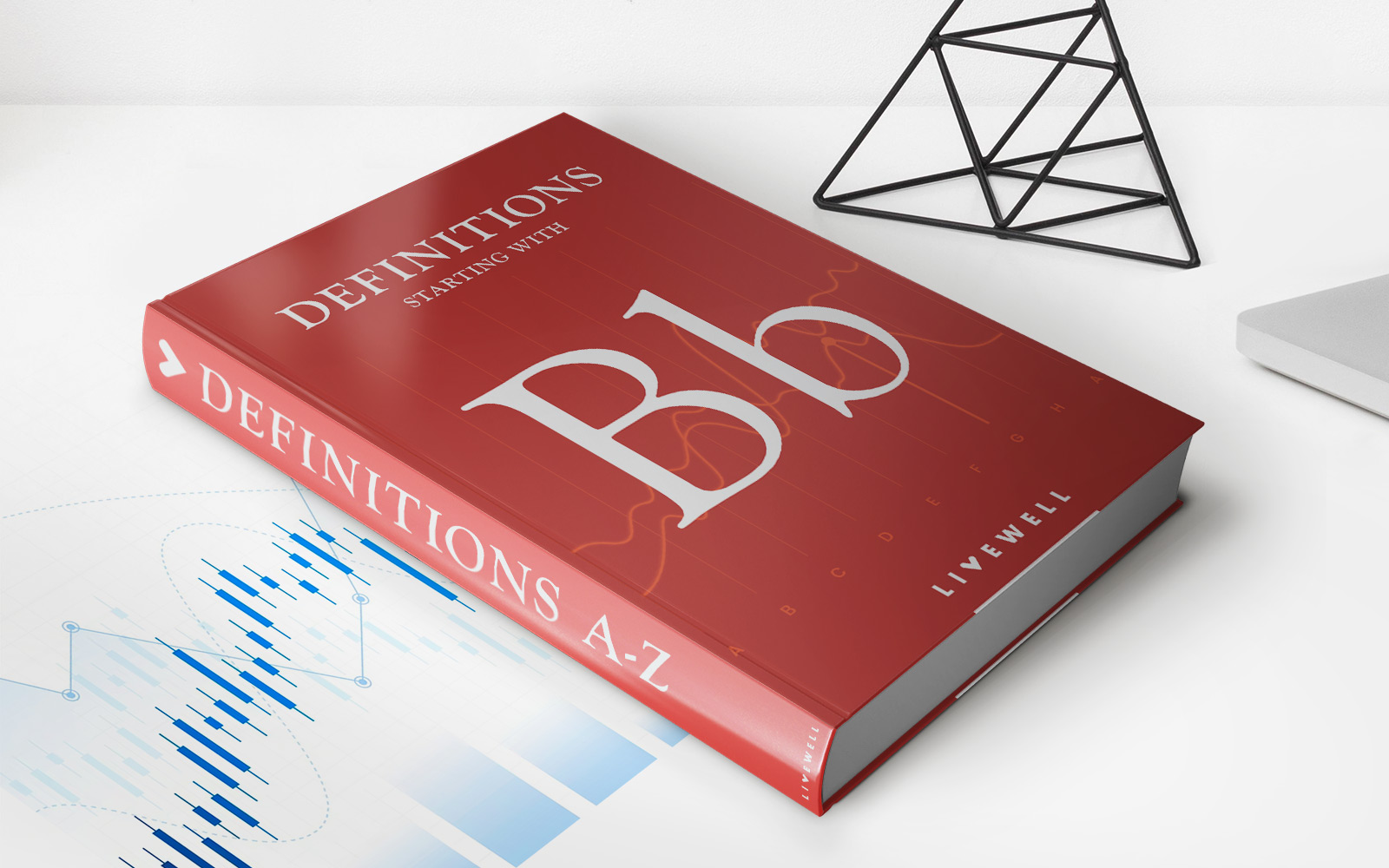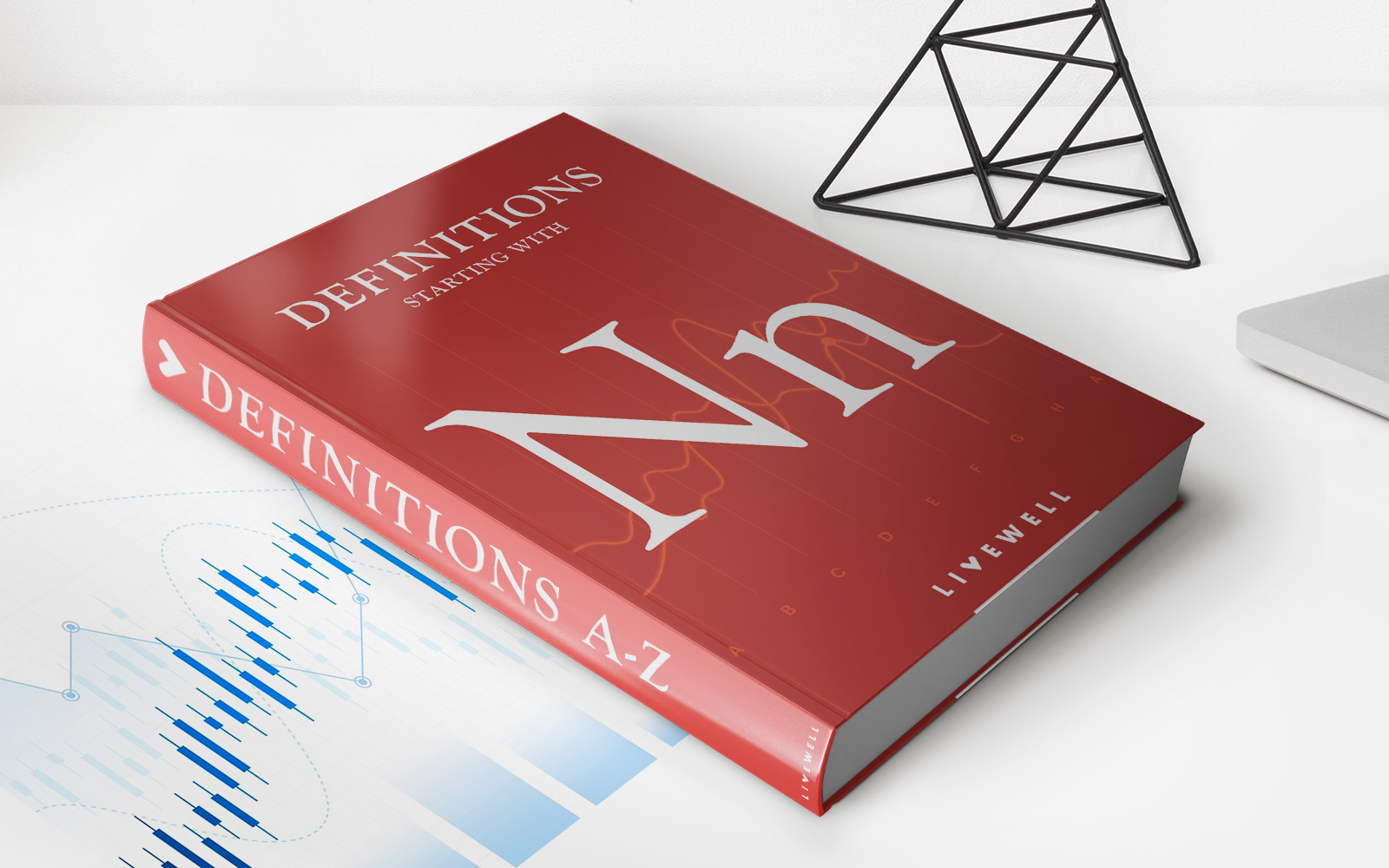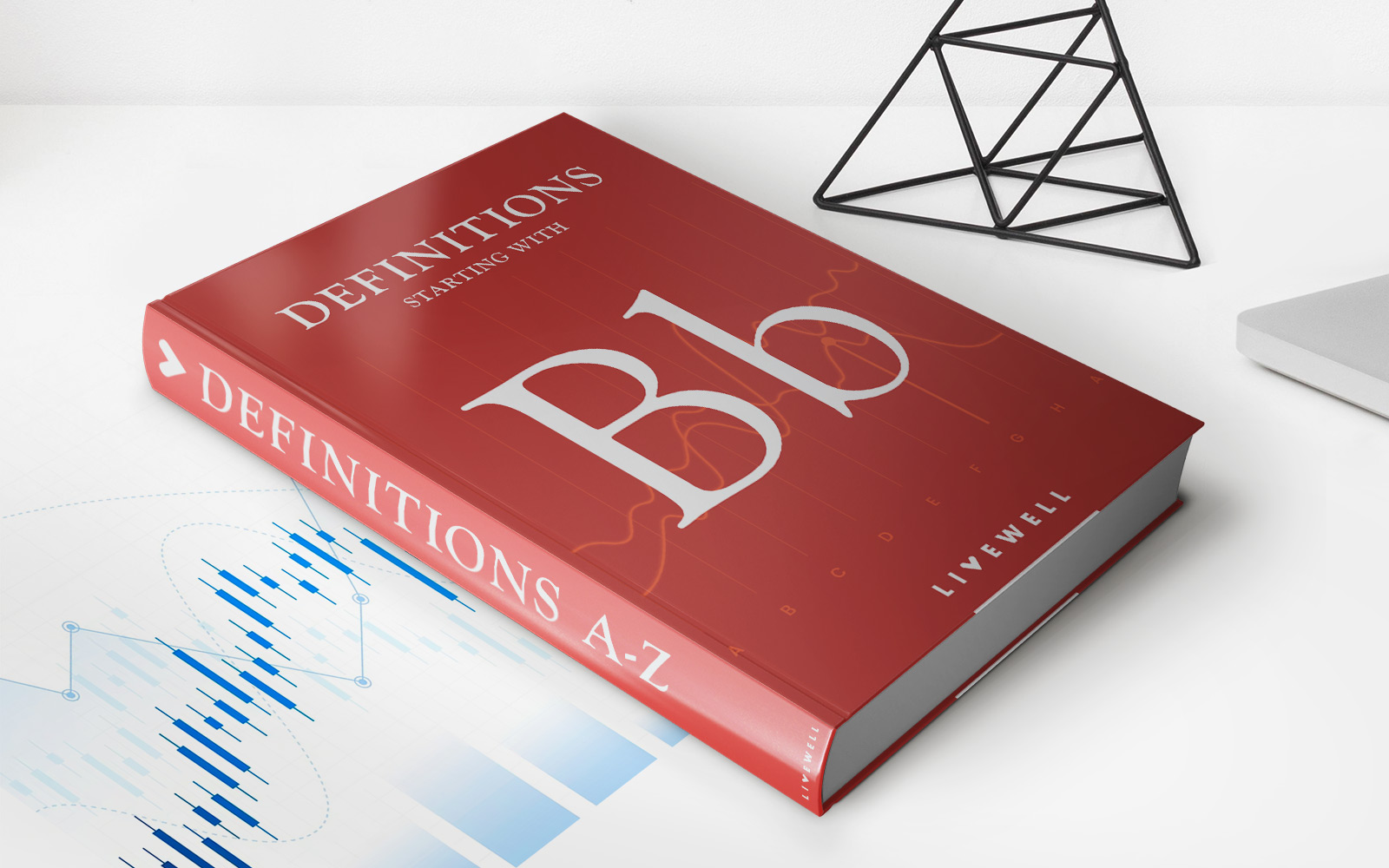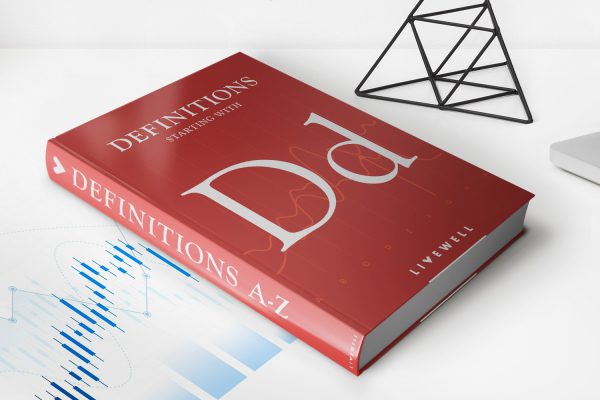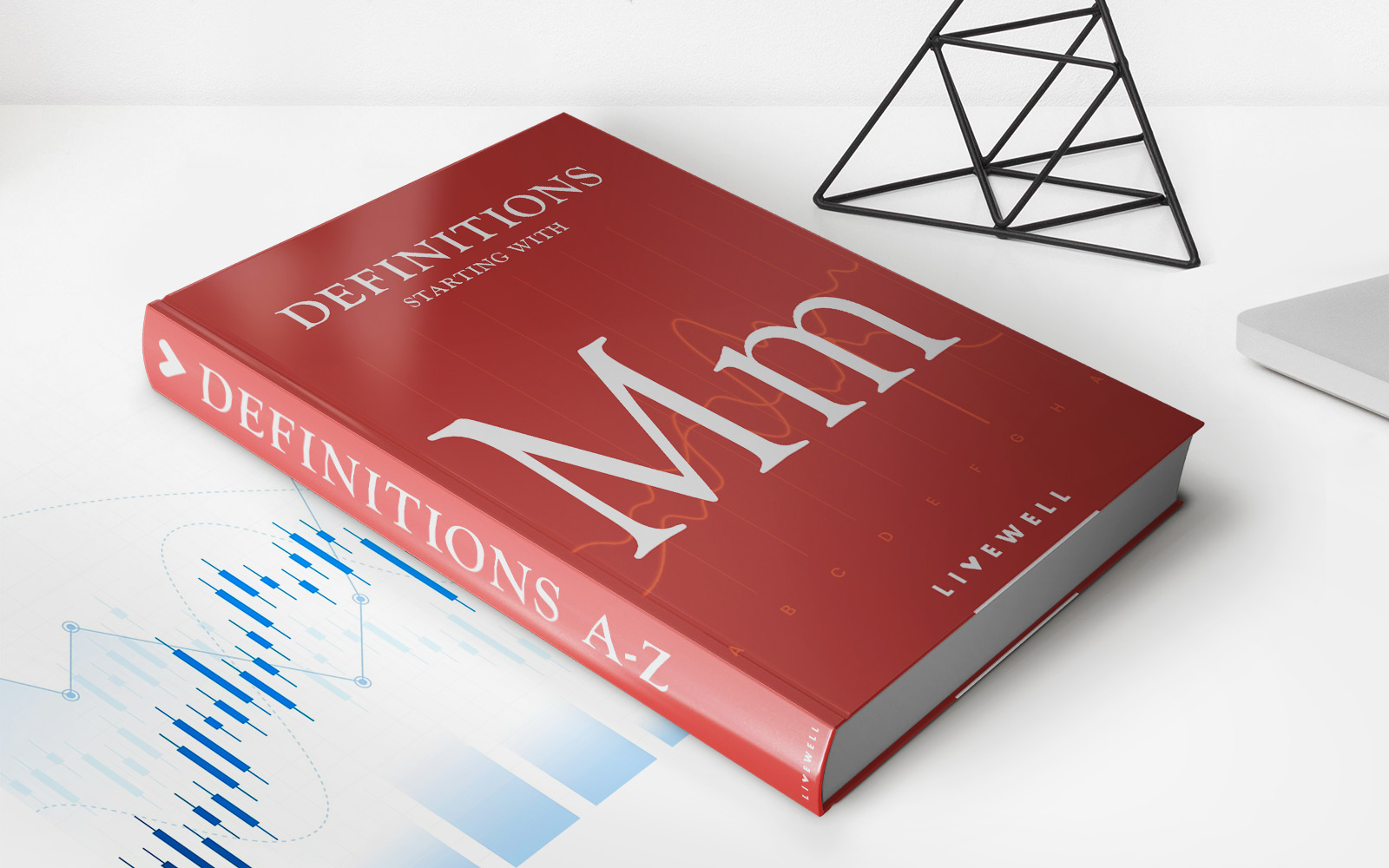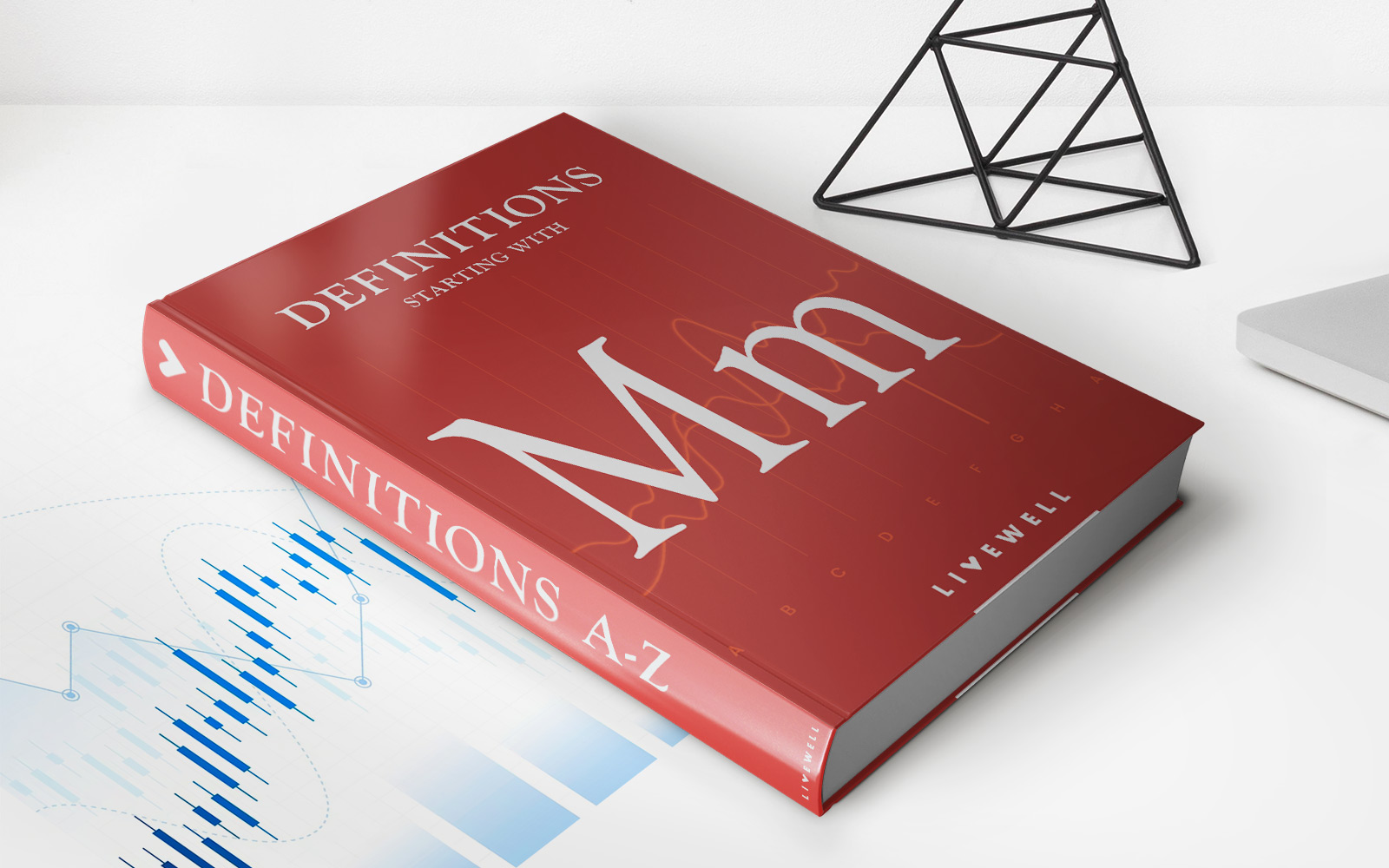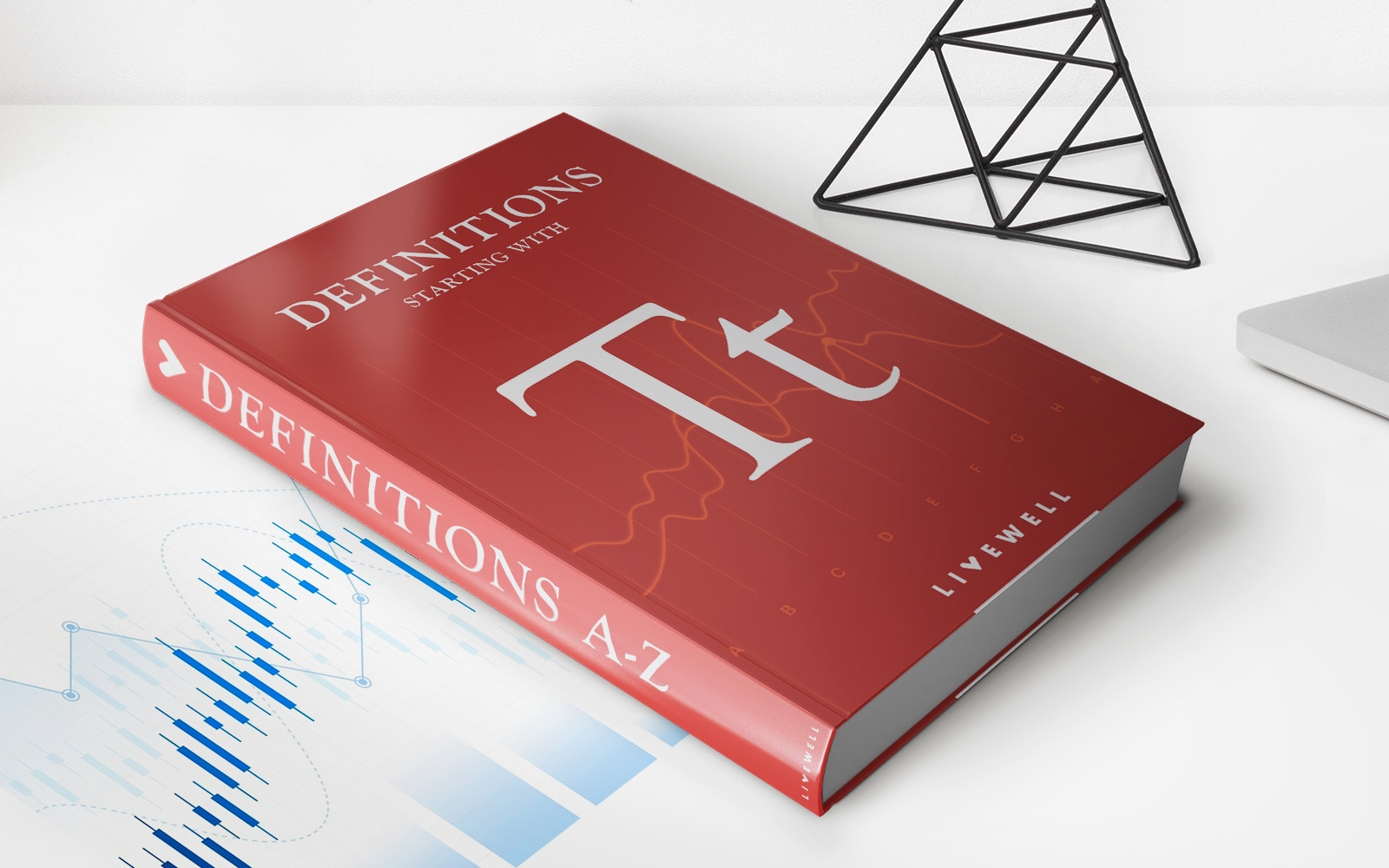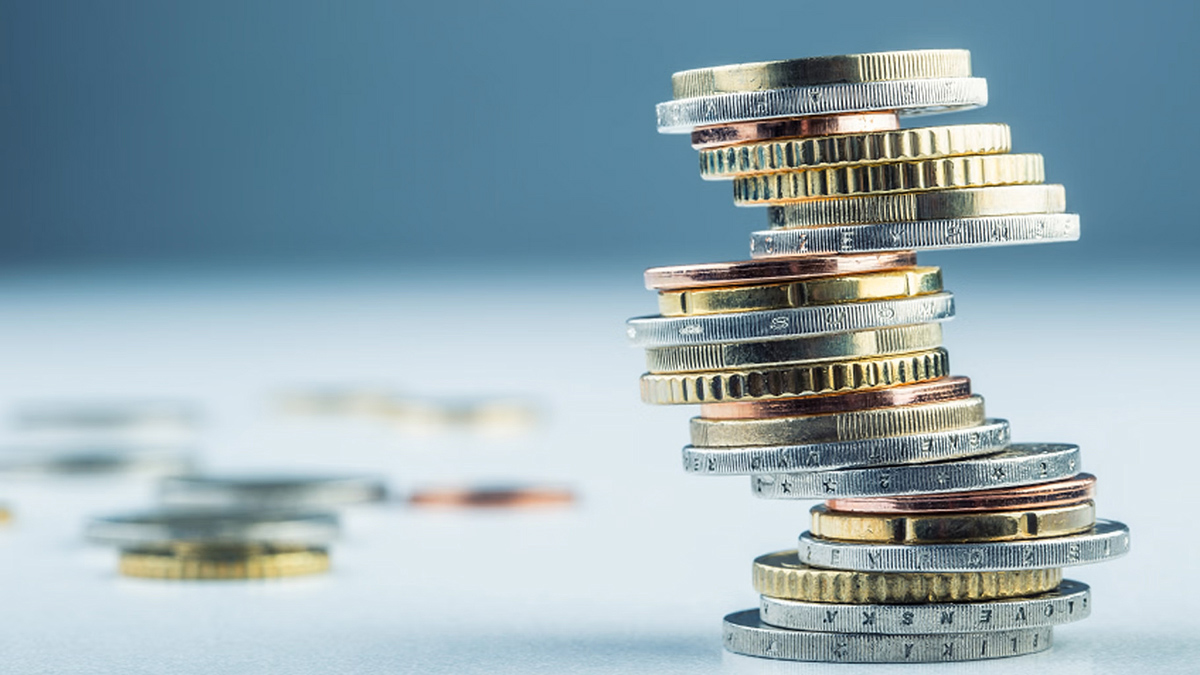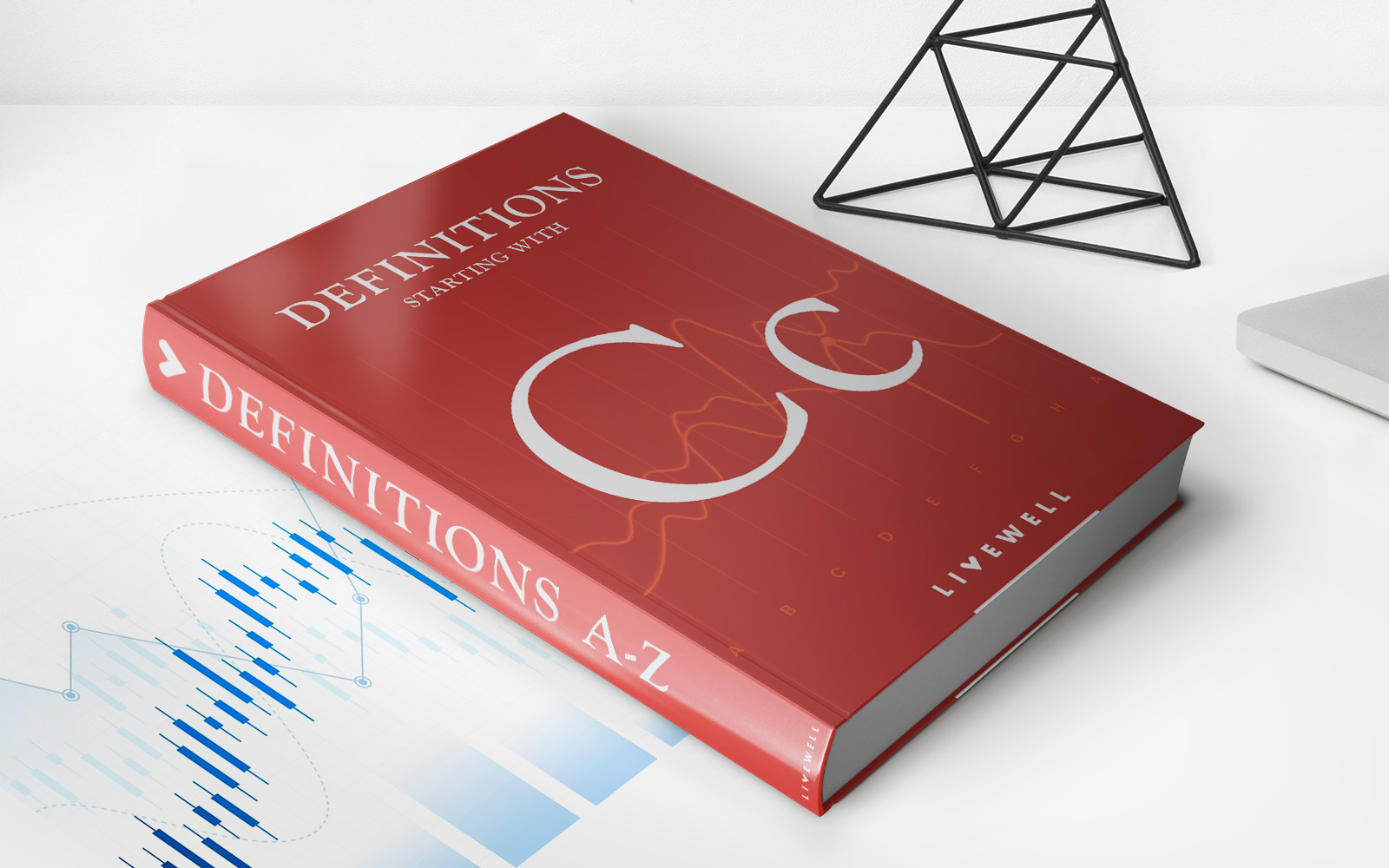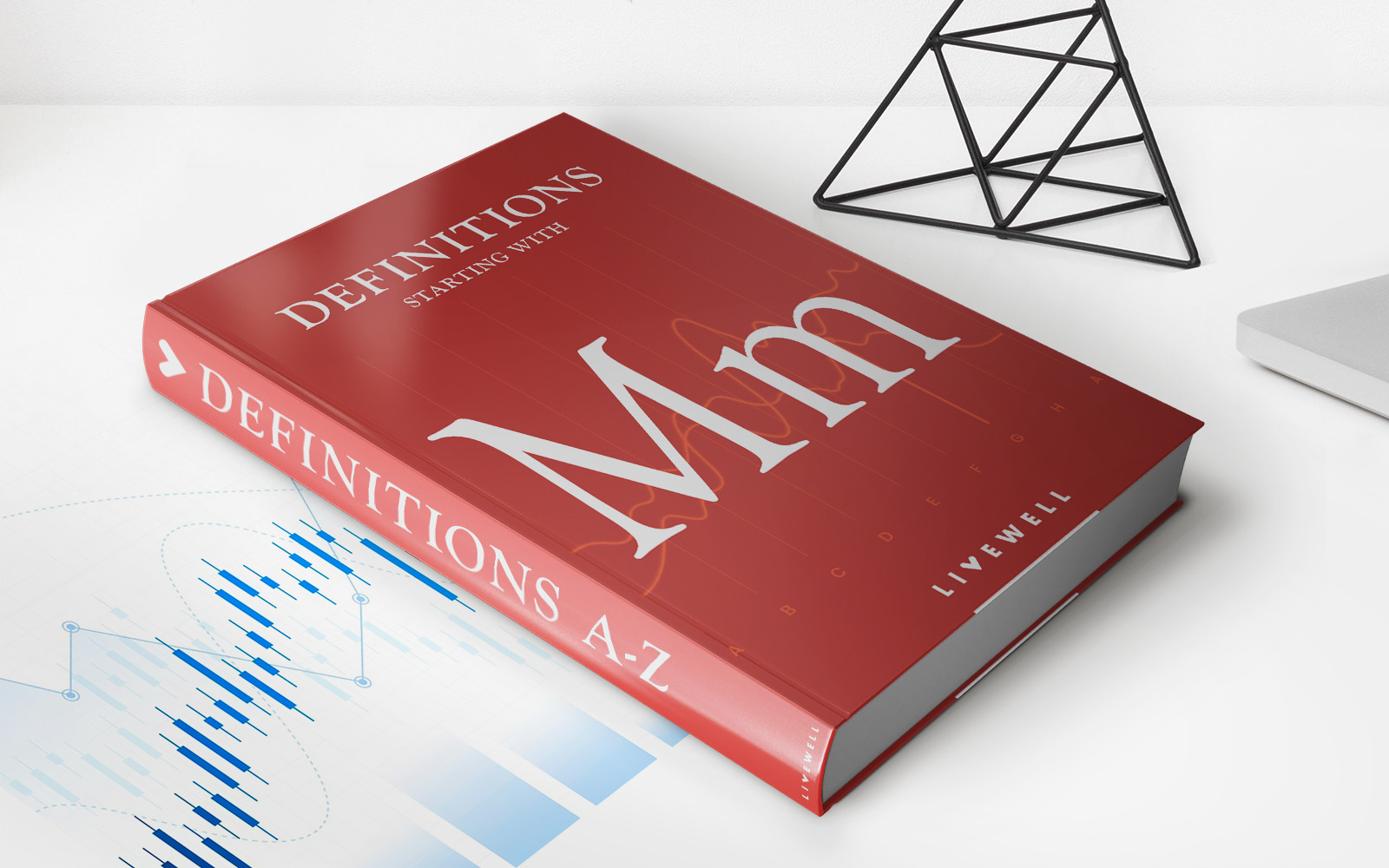Home>Finance>Broad Money: Definition, About Calculation, Example, And Benefits


Finance
Broad Money: Definition, About Calculation, Example, And Benefits
Published: October 19, 2023
Learn about the definition, calculation, and benefits of broad money in finance. Explore examples and gain insights into this important financial concept.
(Many of the links in this article redirect to a specific reviewed product. Your purchase of these products through affiliate links helps to generate commission for LiveWell, at no extra cost. Learn more)
Understanding Broad Money: A Key to Financial Stability and Growth
When it comes to managing our finances, it is crucial to have a solid understanding of various monetary concepts. One such concept is Broad Money, which plays a significant role in shaping the stability and growth of an economy. In this blog post, we will delve into the definition, calculation, examples, and benefits of Broad Money, providing you with the knowledge to make informed financial decisions.
Key Takeaways:
- Broad Money is a measure that includes not only physical currency but also various types of deposits held by individuals, businesses, and financial institutions.
- It provides insight into the overall liquidity and purchasing power in an economy, making it a crucial indicator for policymakers and investors.
So, what exactly is Broad Money? In simple terms, Broad Money refers to the total amount of money in circulation within an economy. It includes not only physical currency, such as banknotes and coins but also different types of deposits held by individuals, businesses, and financial institutions. These deposits include demand deposits, savings deposits, time deposits, and other forms of highly liquid assets.
The calculation of Broad Money involves considering the various forms of money in circulation along with the magnitude of their usage. Central banks and other financial institutions track the growth and movement of Broad Money to gain insights into the economic conditions and manage monetary policies effectively.
Here’s an example to help you grasp the concept. Let’s say there is a country named Finovia. In Finovia’s economy, the physical currency in circulation is $100 million. Additionally, there are $500 million worth of demand deposits and $300 million in various savings and time deposits. The total Broad Money in Finovia’s economy would be $900 million ($100 million + $500 million + $300 million).
Now, let’s explore the benefits of having a solid understanding of Broad Money:
- Monetary Policy Management: Central banks and policymakers use Broad Money as a crucial indicator to assess the overall liquidity and purchasing power in an economy. This knowledge allows them to make informed decisions regarding interest rates, money supply, and other monetary policies.
- Investment Decisions: Investors can utilize Broad Money data to gauge the health of an economy. Monitoring the growth or contraction of Broad Money can provide insights into future inflationary pressures or potential economic downturns, helping investors make more informed investment decisions.
By now, you have gained a clearer understanding of Broad Money, its calculation, examples, and the benefits it offers. Incorporating this knowledge into your financial decision-making can significantly enhance your ability to navigate the complex world of finance. Remember, informed decisions are the key to unlocking financial stability and growth.
